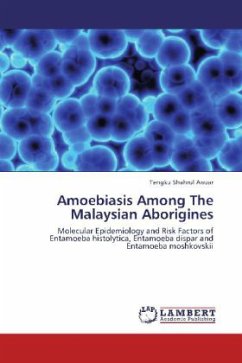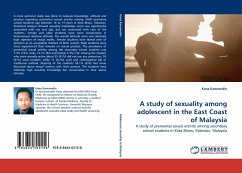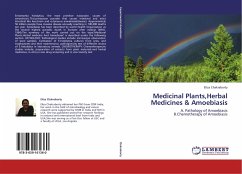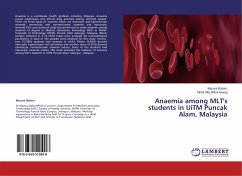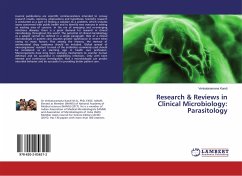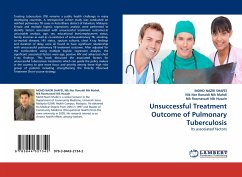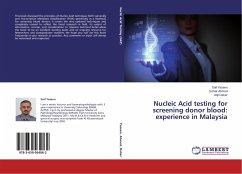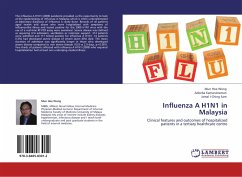The epidemiology of amoebiasis has dramatically changed since the separation of E. histolytica and E. dispar species, and the worldwide prevalence of these species has not been estimated until recently. The most cited data regarding prevalence, morbidity or mortality due to amoebiasis is the 1986 Walsh report, in which 100,000 deaths are reported to occur worldwide each year due to medical complications of invasive amoebiasis. However, the prevalence values of E. histolytica infection could be completely erroneous since the estimations were performed prior to the molecular characterization of E. histolytica and E. dispar species. Moreover, E. moshkovskii, another morphologically indistinguishable human parasitic Entamoeba, was not mentioned or considered as a contributor to the prevalence figures in endemic areas. However, recent available prevalence and morbidity data obtained through molecular techniques allow the construction of a more reliable map of endemic regions of amoebiasis all over the world. This book will describe how molecular tools have made actual knowledge regarding the epidemiology and risk factors of amoebiasis possible.
Bitte wählen Sie Ihr Anliegen aus.
Rechnungen
Retourenschein anfordern
Bestellstatus
Storno

